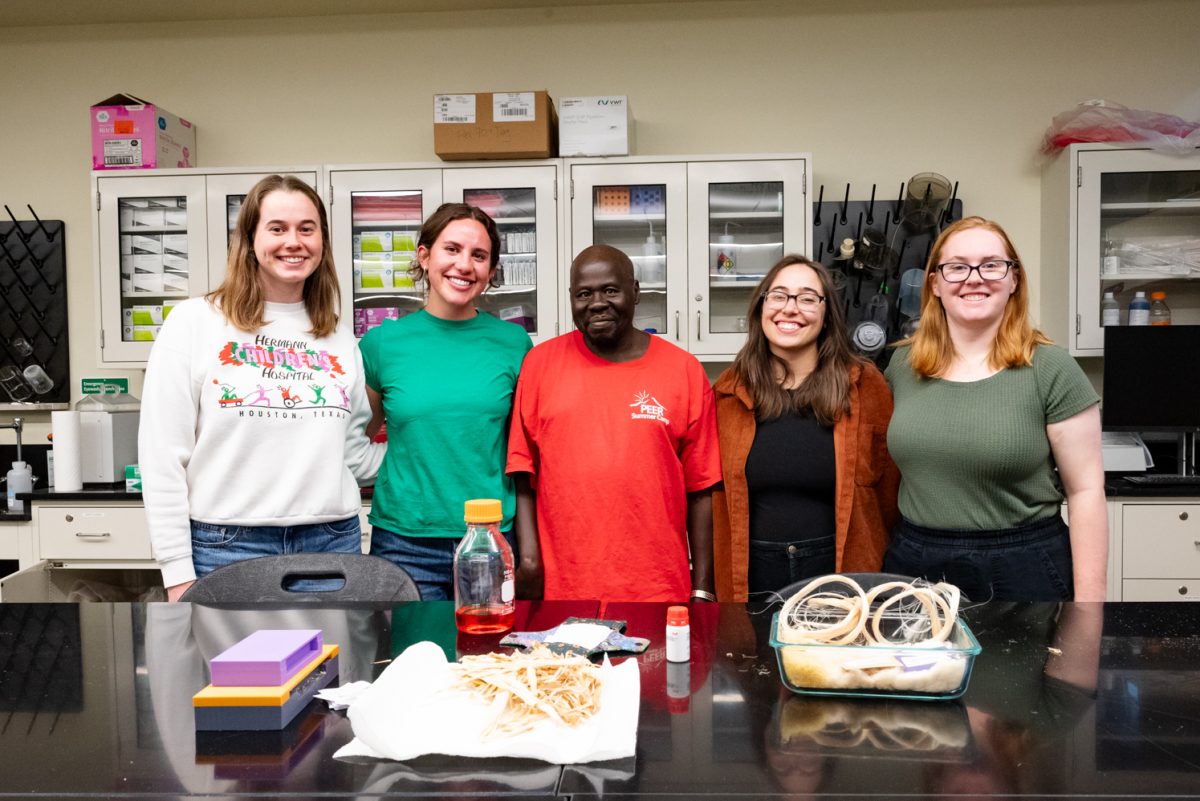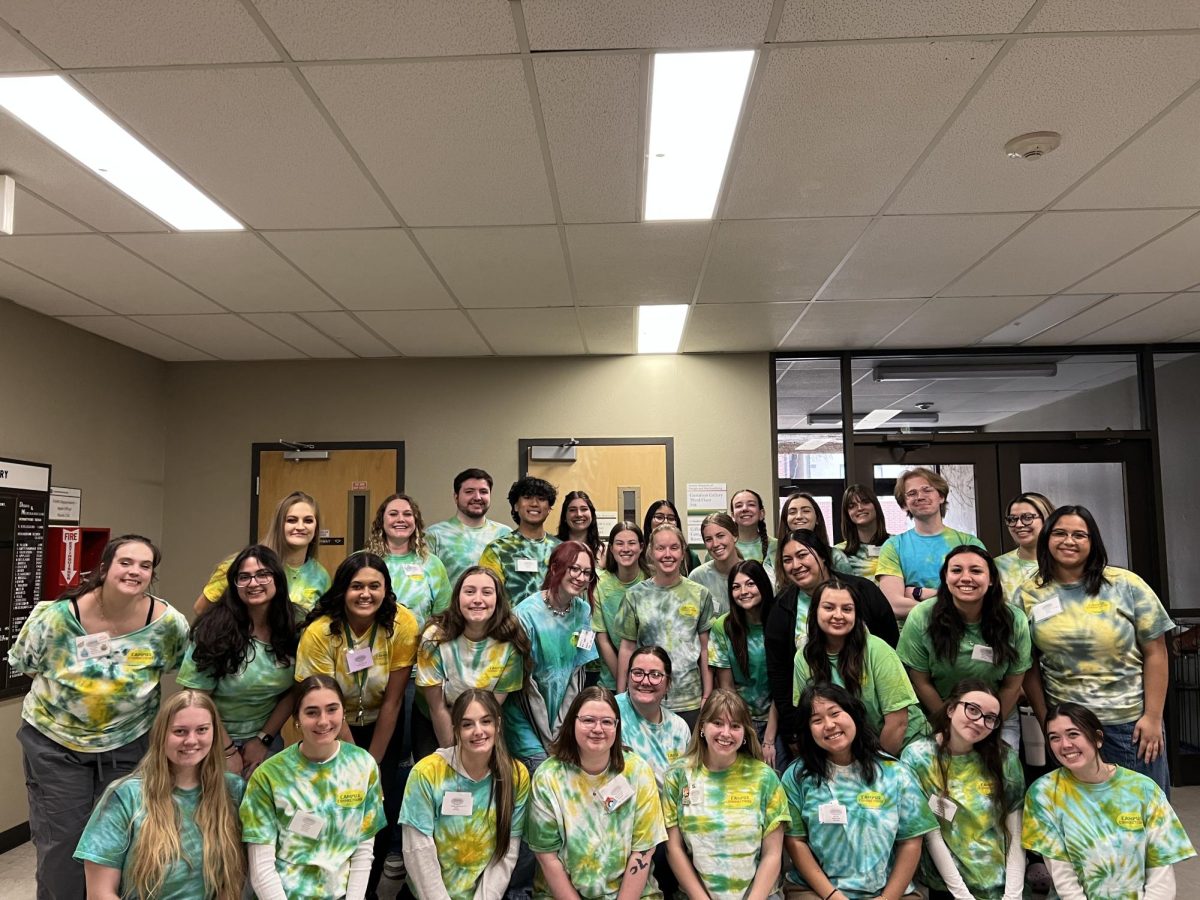The Vice President for Research’s challenge for graduate students to present their research in three minutes for the chance to win scholarship money and a place in the VPR fellowship took place Feb. 12 in the Lory Student Center, which included Cody Carrell, a second-year chemistry graduate student, among the total 16 chosen fellowship recipients.

Carrell’s participation in the competition preceded his previous work in the Graduate Showcase, a poster presentation for graduate students. At the time of the showcase, Carrell wa not aware of the three-minute challenge that could follow it. Upon accepting the invitation, Carrell had two months to prepare his research for the competition.
Carrell’s research came from his work with the Henry Group. Their current project, and the research Carrell presented on, is known as “3D-Printed Rotational Manifold for Point of Care Salmonella Detection.”
“We’re really interested in detecting food-borne pathogens in resource-limited settings,” Carrell said of the research. “Foodborne pathogens pose a big health risk around the world and, in the United States, they cause nine million infections each year. But, there’s not an easy way to test for them. … We’re interested in designing a cheap and easy to use system that is portable and can be used in the field for quick screening of bacteria and other food-borne diseases.”
We’re interested in designing a cheap and easy to use system that is portable and can be used in the field for quick screening of bacteria and other foodborne diseases.” Cody Carrell, Chemistry graduate student
Carrell said he has been working on the project for close to a year. Carrell took part due to its heavy focus on bioanalytical chemistry and use of 3D printing.
“We were creating physical devices and … the device itself is mostly 3D printed and made out of 3D printed material,” Carrell said.
Other pieces of the device are made from paper and lamination. Carrell said that creating it took a good mix of chemistry and engineering.
Chuck Henry, the advisor for the chemistry department and Henry Group, further explained the project.
“Cody’s project specifically seeks to understand when and where foodborne pathogens enter the food supply,” Henry said. “To do that, we need to be able to test for pathogens in a range of locations as well as from a variety of sample types.”
Carrell said joining the VPR fellowship has opened many doors for him, including money for scholarships and travel funds for conferences.
Other benefits from the fellowship include offers for professional development workshops meant to prepare students for life after graduate school.
Speaking about the future, Carrell said he hopes to see his research focus on salmonella or other food pathogens.
“I’d like to take this specific project to the field and be able to use it in a field-based setting for salmonella or other types of pathogen whether looking at leafy greens or something else,” Carrell said. “Right now, we’re just looking at salmonella but we can adapt it to other types of pathogens.”
Henry expressed his own thoughts on where this project can go.
“Beyond this simple application, this could easily expand into other areas and applications ranging from food/(agriculture) to human health,” Henry said. “For example, we’ve been asked to look at this as a possible technique to detect veterinary diseases in developing countries where the animal is frequently the only source of income for an entire family. At the same time, we are looking at using this system to detect infectious diseases in people.”
Carrell said he hopes to have enough data to publish a paper and begin field tests by the end of the summer.
Collegian reporter Charlotte Lang can be reached at news@collegian.com or on Twitter @ChartrickWrites.










